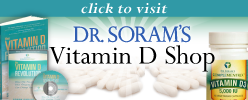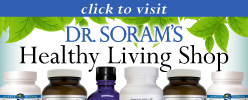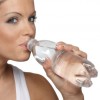
Good news first. The study, which CDC Director Dr. Julie Gerberding says is the “largest and most comprehensive report of its kind ever released anywhere by anyone,” found that secondhand smoke exposure among Americans has gone down significantly, as have lead blood levels in children.
Specifically, from 1999 to 2002, exposure to secondhand smoke, as measured by median levels of cotinine, a metabolite of nicotine, decreased (compared to levels from 1988-1991):
- 68 percent in children
- 69 percent in adolescents
- 75 percent in adults
And, only 1.6 percent of children between the ages of 1 and 5 had elevated blood lead levels, compared to 4.4 percent in the early 1990s.
Cadmium Levels Raise Concern
Now for the bad news.
About 5 percent of people aged 20 and over had urinary cadmium levels at or near levels that may cause health problems. Studies have found that urine levels of cadmium as low as 1 microgram per gram of creatinine may be linked to kidney injury and an increased risk for low bone mineral density.


.aspx?width=167&height=250)
 Your circadian rhythm, or your body’s internal clock, regulates numerous biological processes that take place in your body throughout the day and night.
Your circadian rhythm, or your body’s internal clock, regulates numerous biological processes that take place in your body throughout the day and night. Nearly 21 percent of U.S. adults smoke cigarettes, and countless others have smoked at some point in their life. This habit continues to be the leading cause of preventable death in the country, causing about one out of every five deaths each year, according to the Centers for Disease Control and Prevention (CDC).
Nearly 21 percent of U.S. adults smoke cigarettes, and countless others have smoked at some point in their life. This habit continues to be the leading cause of preventable death in the country, causing about one out of every five deaths each year, according to the Centers for Disease Control and Prevention (CDC). Your spine, sometimes called your backbone, has an important job to do every day: it supports your entire body.
Your spine, sometimes called your backbone, has an important job to do every day: it supports your entire body.





